Only Connect: A Cultural History of Broadcasting in the United States 4th Edition
Only Connect: A Cultural History of Broadcasting in the United States, authored by Michele Hilmes, offers a comprehensive and insightful exploration of the evolution and cultural impact of broadcasting in the United States. Now in its 4th edition, this text has been thoroughly updated to reflect the rapid changes in media technology, the role of broadcasting in society, and the rise of digital media.
Hilmes takes an interdisciplinary approach, examining broadcasting not just as a technological development, but as a key cultural force that has shaped and been shaped by American society. The book provides readers with a historical perspective on how radio, television, and new media platforms have impacted everything from politics, identity, and entertainment, to global communication.
Comprehensive Overview of Broadcasting’s Role
The book begins by exploring the early days of broadcasting in the 1920s, when radio emerged as a major force in American culture. Hilmes details the pioneering efforts of the radio industry and how radio broadcasting became a cultural event that connected people across the country. It delves into the impact of radio on the Great Depression, how radio played a role in World War II, and the rise of broadcast journalism. The book highlights pivotal moments in the history of radio, such as FDR’s Fireside Chats and the establishment of major networks like NBC and CBS.
The 4th edition also addresses the transition from radio to television and the immense impact that television broadcasting had on shaping American culture. With post-WWII economic growth, television quickly became the dominant medium in the 1950s and 1960s, fundamentally altering how people consumed news, entertainment, and advertisements.
Cultural and Political Influences
In addition to technological developments, Only Connect emphasizes the cultural implications of broadcasting. Hilmes examines how television and radio were not just technologies but deeply intertwined with social, political, and economic forces. She analyzes how broadcasting influenced American politics, from the Kennedy-Nixon debates to presidential campaigns shaped by television advertising and media appearances.
One of the key themes of the book is the way broadcasting reflects and shapes national identity. Hilmes explores how broadcasting has been a platform for American cultural narratives around race, gender, class, and nationality, noting both progressive and regressive trends. The book also examines how broadcasting serves as a tool for public discourse, where both government regulation and corporate interests have often collided with public needs and desires.
Impact of New Media Technologies
As the internet and digital media began to rise in prominence in the 1990s and 2000s, Only Connect highlights the dramatic shift in broadcasting. The book discusses how the advent of cable television, the internet, and the rise of streaming services have transformed the media landscape. It also examines the fragmentation of the audience in the digital age and the challenges faced by traditional broadcast networks. Hilmes reflects on how digital broadcasting and online platforms such as YouTube, social media, and streaming services have disrupted traditional broadcasting models, altering both content delivery and consumption habits.
The 4th edition of this text also explores how global media and the internet have made American broadcasting increasingly international. The book reflects on how the globalization of media content, the rise of transnational corporations, and the expansion of digital technologies have shifted the way content is created, distributed, and consumed worldwide.
Conclusion: A Critical Resource for Media and Cultural Studies
Only Connect is an essential text for anyone studying broadcasting, media history, and cultural studies. It provides readers with a rich, multifaceted view of the development of broadcasting in the United States, addressing not only the technological aspects but also the cultural, social, and political dimensions.
The 4th edition of this book continues to be a critical resource for understanding the lasting impact of broadcasting on American life and culture, providing students, scholars, and media professionals with the tools to critically analyze the role of broadcast media in a rapidly changing digital world. It emphasizes how broadcasting, in its many forms, has been—and continues to be—a central force in shaping public discourse, cultural identity, and global communication.
you may like .https://natashabookstore.com/books/financial-institutions-management/

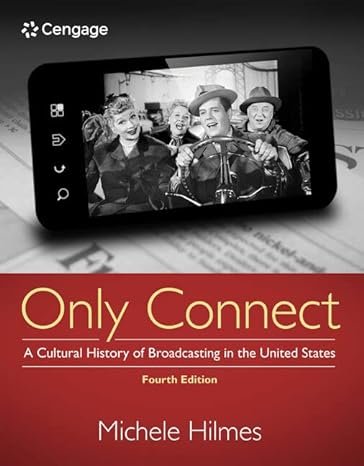



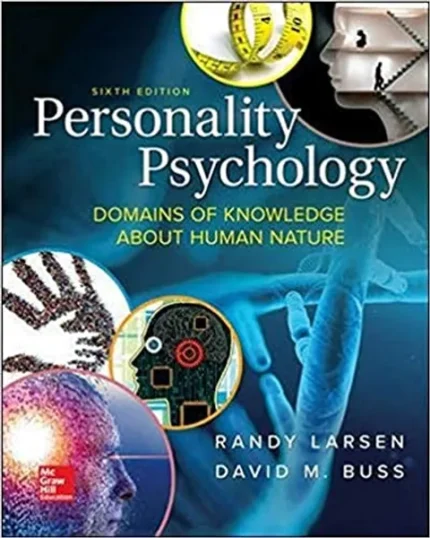


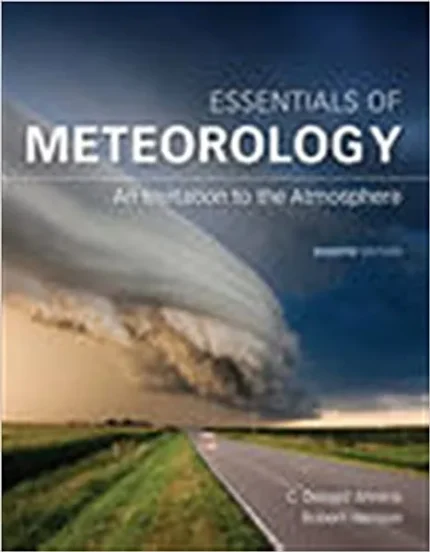
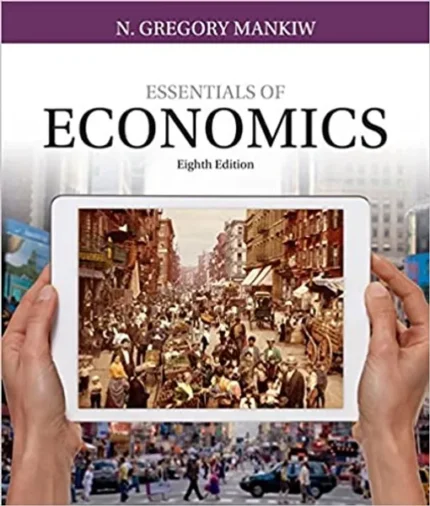
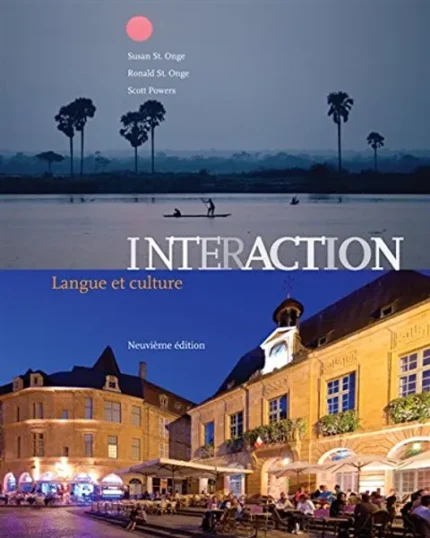


Reviews
There are no reviews yet.